Sandwiched between its well-known neighbours of Dorset, Devon and Wiltshire, a sunlit Somerset is filled to the brim with sweet delights, from its dainty villages, varied coastline and England’s smallest city, to its curious traditions, famous festivals and cider-making heritage
If the word Somerset didn’t already exist it would have to be invented, probably by a screenwriter trying to capture a certain image of rural South West England – rolling hills, lush pastureland, laconic locals, traditions unbroken for hundreds of years – and all shot in the lazy, hazy light of a glorious summer’s evening. This, after all, is ‘the land of the summer people’, the Old English name for a county whose people celebrate the coming of the warmer days with festivals and gatherings but who seem to hunker down and hibernate when the first snows of winter fall across the Mendip Hills.
Somerset is as beautiful and varied in reality as it is in the imagination. Sunlight really does fall in dramatic shards across the Levels – an area of wetland between the Mendip and Quantock Hills – and locally produced cider is served in pubs and at festivals all across the county. Neither is its beauty confined to the countryside; Somerset has miles of coastline that ranges from the boisterous attractions of seaside towns like Weston-super-Mare and Minehead to the silent expanse of Berrow Flats. Because of its tidal reach –
the second highest in the world – many parts of Somerset’s coast have a high biodiversity. But what Somerset loses in terms of sandy beaches it gains in sheer variation of wildlife.
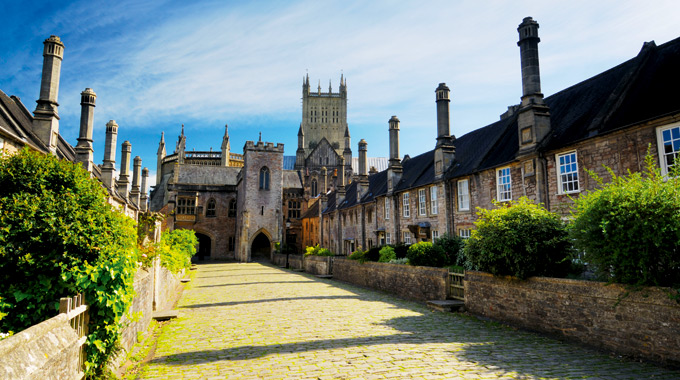
Sandy beaches are one of the reasons why many visitors to the South West often head through Somerset, en route to the golden shores of Devon and Cornwall. Many don’t break the journey, but those who do are in for a real treat: an eyeopening, inspiring and sometimes eccentric experience.
Where better to start our tour of the ‘land of the summer people’ than the top of Glastonbury Tor? This distinctive hill, topped with the remains of an abbey, rises some 140m (450ft) above the Levels and while not the highest point in Somerset it is definitely the most enigmatic. It is a place of deep myth and legend; even today visitors are as likely to see pagans celebrating the turn of the seasons as they are Christian pilgrims trudging to the top. For all those who make the climb, the views are stunning. To the north is Wells, the smallest city in England, and also Bath (once part of Somerset, but now a unitary authority – and very much worth a visit). To the west lie the Levels, Bridgwater and the coast. Far south are the towns of Yeovil and Ilminster and to the east lies Cley Hill and the border with Wiltshire. Above the Tor, rooks caw and hover in the near-permanent wind. This is a highly atmospheric place, and full of significance.
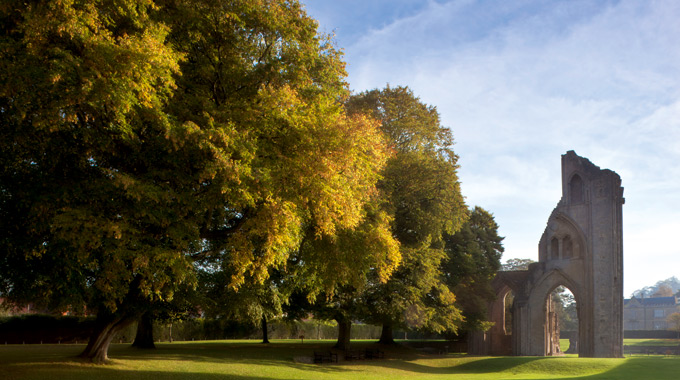
Wells and the surrounding Mendip area is one of Somerset’s picturesque high points. Wells has been a city since the 13th century and there is a distinctly medieval feel about its winding streets and timbered shop fronts. The jewel in its crown is Wells Cathedral. Built over a 300-year period, and despite time and the ravages of the English Civil War and the Monmouth Rebellion (of which more later), the cathedral is one of the world’s finest examples of pre-Reformation ecclesiastical architecture. About 300 of its original medieval statues remain, providing a glorious theatrical stone backdrop for the feast day processions. The famous Wells Cathedral clock is considered to be the second oldest clock mechanism in Britain (if not the world) to survive in original condition and to still be in use.
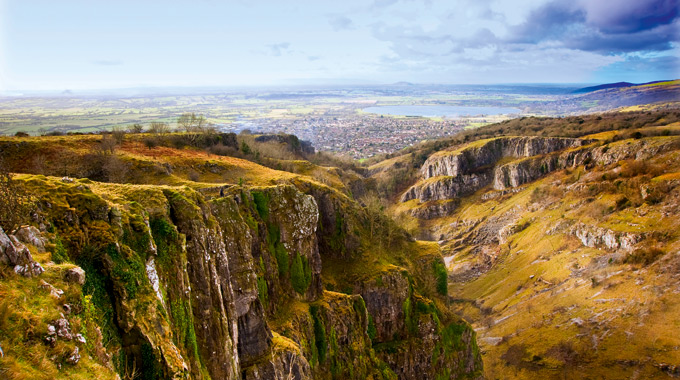
Heading north-west over the Mendips to Wells takes you through the Cheddar Gorge, a deep gash through limestone riddled with caves and topped with steep rocky outcrops. Two caves – Gough’s and Cox’s – are the most popular, and the village hosts a good number of tearooms, sweet shops, cider retailers, souvenir stores and, of course, cheese makers. Cheddar gives its name to the world’s most popular cheese, the recipe for which was created on nearby farms. Although Cheddar is made worldwide today, nothing tastes quite the same as the musty, cave-matured variety produced in the village of the same name.
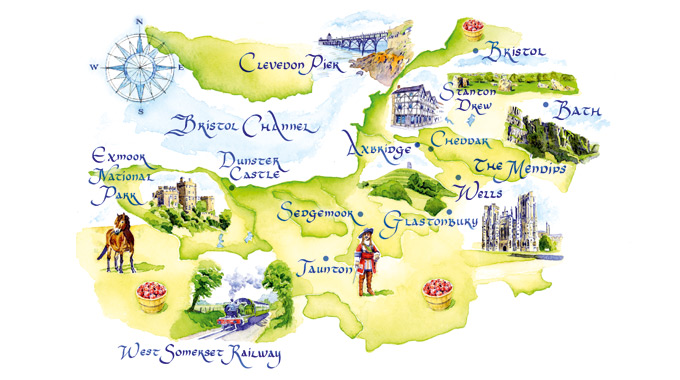
The North Somerset coast is clearly visible from Cheddar, and it’s a short drive to the towns of Clevedon and Westonsuper-Mare. The latter is a typical British seaside spot and, after some years of neglect, is now reinventing itself for the 21st-century visitor. Further down the coast is Burnham-on-Sea and between the two runs a vast beach, perfect for power kiting and horse-riding if not always for bathing. Close by, the peninsula of Brean Down juts almost two miles into the sea like a great green-backed whale. A Victorian fort at its far end was re-commissioned during World War II to defend Bristol against German bombers using the Bristol Channel as a navigational tool.
Inland, but once an important port before the river silted up, Bridgwater is one of Somerset’s most historic towns and has a curiously political and radical heritage. Deeply nonconformist, Bridgwater was almost destroyed in the Civil War and many of its men later went to fight for the Duke of Monmouth during his ill-fated rebellion against King James II in 1685. In fact, the Duke was proclaimed King on Bridgwater’s Cornhill but, after a night-time attack on the nearby village of Westonzoyland, the Duke’s army was heavily defeated by the Royalists at the Battle of Sedgemoor, the last ever to be fought on English soil. A terrible revenge was exacted on those who had joined the rebellion and many a village across the county had a ‘hanging tree’ at its crossroads. Bridgwater still defiantly celebrates its rebel roots by hosting a huge carnival parade every November to honour Guy Fawkes, the ‘gunpowder plotter’ who tried to blow up Parliament in 1605. This is a spectacular commemoration, featuring costume, lights and fireworks, and is echoed by similar carnivals in other Somerset towns.
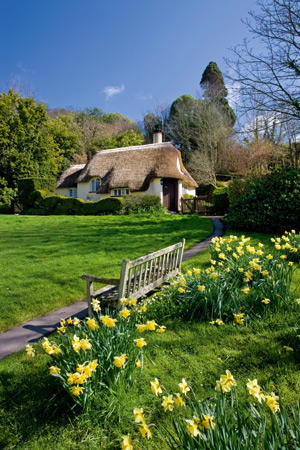
The Quantock Hills to the west of Bridgwater were England’s first designated Area of Outstanding Natural Beauty and have been occupied since Roman times. The poet Samuel Taylor Coleridge was inspired by the hills and lived in Nether Stowey for two years, writing The Rime of the Ancient Mariner in a cottage now open to the public.
One of the best ways to see this area is by taking a steam train along the West Somerset Railway from Bishops Lydeard, just outside Taunton, through the Quantocks and along the Exmoor coast to Minehead. The railway celebrates its 150th anniversary in 2012 and its 10 stations are great stopping-off points for walking trips across the Quantocks and Brendon Hills, as well as visits to places like Dunster. The latter is a beautiful medieval village with an ancient castle rebuilt in Victorian times in the height of Gothic taste. It is open to the public and is as much a monument to that 19th-century renovation as it is to its medieval origins.
The Exmoor National Park opens out to the west of Minehead, stretching from the western fringes of Somerset into north Devon. Once a royal hunting ground, Exmoor is still the home of large herds of red deer and wild ponies and, it is said, the occasional ‘big cat’. Sightings of the ‘beast of Exmoor’, plus sheep found killed by something large and fierce, are well documented but, as yet, no one has actually captured the creature. It is the stuff of myth on Exmoor, a place BBC broadcaster and filmmaker Simon King rates as one of his favourites in the UK.
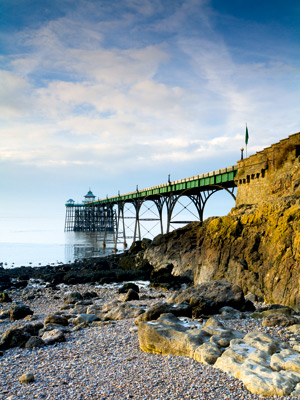
“Because of who I am, I have to be satisfied by the natural world around me,” says Simon, who is now an ambassador for tourism in Somerset, “and Somerset has always represented a gentle, quiet yet exciting corner of the UK. From the Quantocks to the Levels to the coast, it is very varied. There are many wild corners to explore and if you do you will almost always find magic.
“There is an eclectic sense of community here which is very contemporary, diverse and welcoming. The area has connections with London, not least because of the large numbers of people who come to live here from London, which give it a contemporary feel, but it also has its deeprooted customs and traditions.”
A number of the customs Simon mentions are connected with apples and apple trees. Cider making has been a feature of Somerset for thousands of years and cider apples are still grown in well-kept orchards across the county. ‘Wassailing’, a ceremony that praises the spirit of the trees and asks for a good harvest in the forthcoming year, takes place in January and cider-sampling festivals are common all through the summer months. Many farms used to produce the drink and hand-painted signs advertising ‘scrumpy’ or ‘rough’ can still be seen on rural roads. There is also a high number of microbreweries making award-winning ciders for export and domestic consumption. But beware – Somerset cider is deceptively strong and two pints can render the new drinker incapable of coherent speech, much to the amusement of the locals!
Somerset people are an eclectic, sometimes eccentric bunch. Science fiction writers Arthur C Clarke and Terry Pratchett and explorers Ranulph Fiennes and Andy Elson all have connections with the county, and Monty Python star John Cleese was born in Weston-super-Mare. One of Somerset’s most revered living legends is Michael Eavis, the Methodist dairy farmer who, in 1970, had the idea of holding a small music festival on his land at Worthy Farm, Pilton. About 1,000 hippies turned up, paying £1 each to get in, and were treated to free milk by the delighted landowner. Today, Glastonbury Festival is the most famous of its kind in the world.
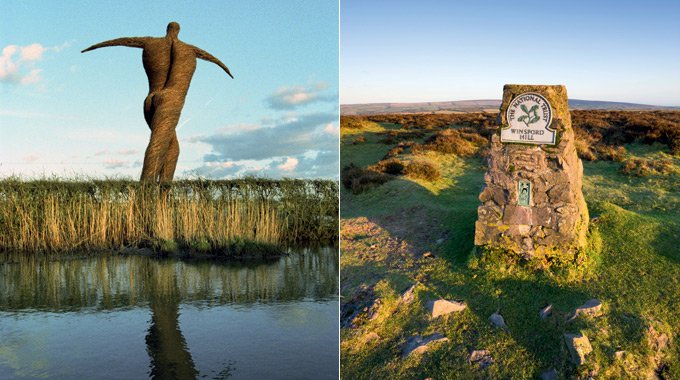
The willingness to mix ancient and modern traditions to create something vibrantly new perfectly characterises Somerset and its people. Somerset continues to cultivate its quirky, laid-back image and the results of that can be seen at the Glastonbury Festival or on Weston-super-Mare’s Grand Pier, restored in record time after a devastating fire in 2008. There is a quiet beauty in Somerset, as well as a sense of oneness with the landscape. So, drink up thy ‘zyder’ and strike out for a long, solitary walk across the Mendips, Levels or Quantocks, just as Coleridge did.
Click here to subscribe!

Related articles

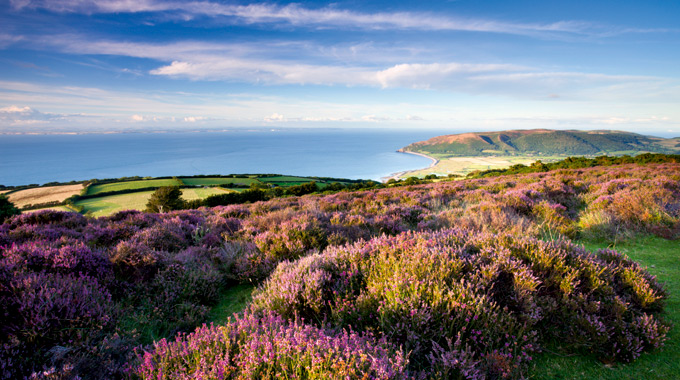
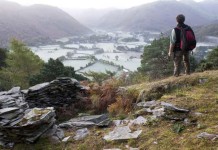
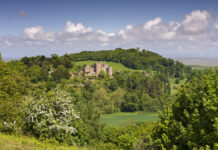
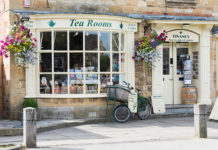

 © 2024
© 2024